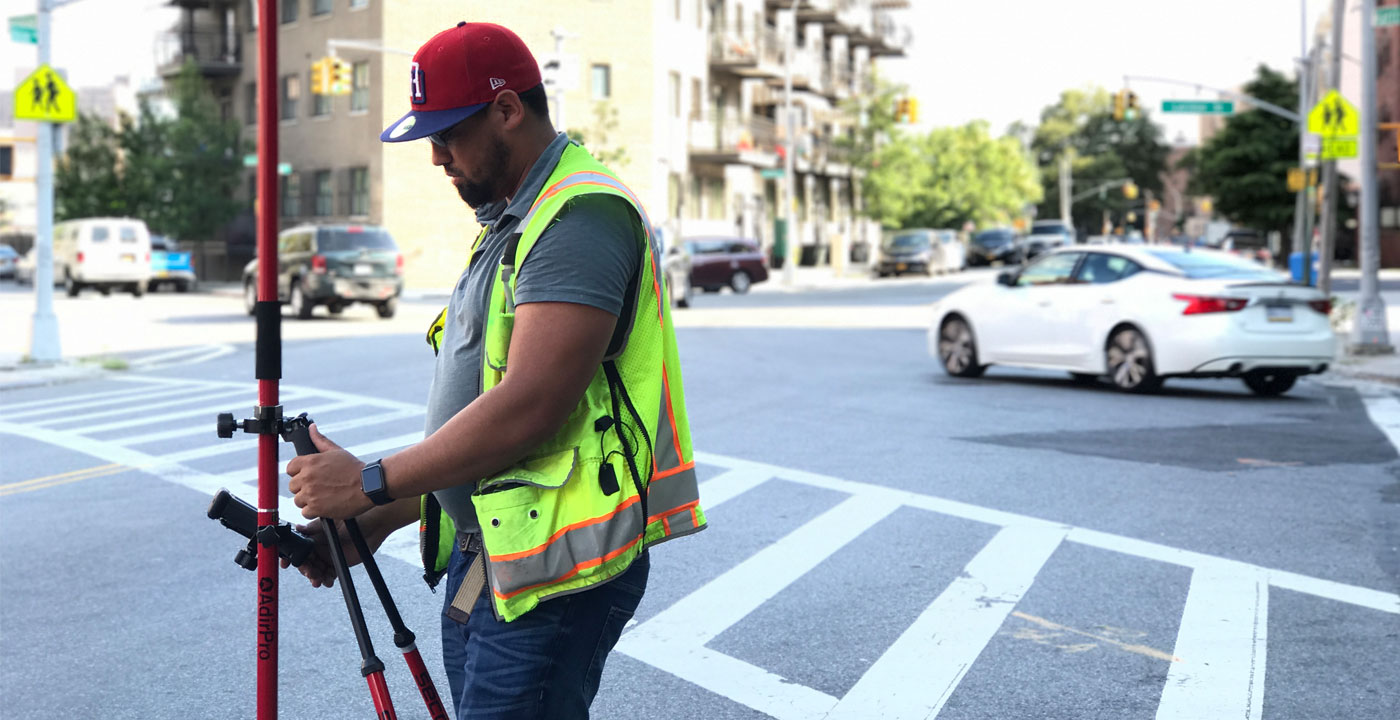Underfloor ventilation is an excellent solution for those who don’t want ceiling ductwork or have tight spaces. However, it can sometimes be difficult to balance the system, which is why many professionals choose to use permeable textile ducting for the underfloor ventilation to help make balancing easier. Likewise, this ducting is easy to route in the floor and run throughout all the spaces within the home or business.
How It Fights The Chill
Primarily, small amounts of air will come through the duct surface along the length. While air is always moving away from the surface of the pipes, heat transfer isn’t possible, which means warm air stays in the void and can travel through the building while cold air remains in the ducting. Air temperature remains steady, even while the cold air is passing through the underfloor ventilation.
How To Install
It’s usually best to hire professionals from Damp Controllers to install your underfloor ventilation system. Unless you have the expertise and knowledge to do it yourself, you may not have the right tools and materials. Likewise, you may spend more time trying to figure it out, and it may not be done correctly, which could lead to more problems later.
Primary amongst the problems associated with incorrect underfloor ventilation is cold air coming into the home. It makes you chilly, which requires you to turn up the heat. You’re paying more for energy because you have to keep adjusting the home’s temperature. Likewise, it can lead to moisture getting into the system, which can turn into rising damp, mould, and other situations.
Underfloor ventilation systems are easy to install by professionals, usually taking less than a week, depending on the type of building and its needs. Doing it yourself could take a lot longer and may cost more if it’s done improperly.







